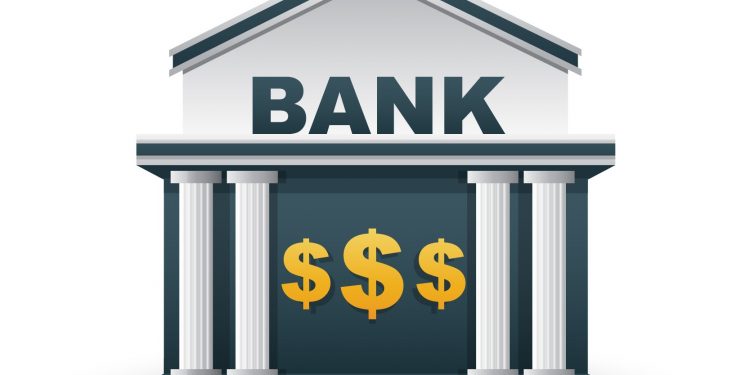Last month, Americans began receiving economic impact payments to address the economic crisis caused by the coronavirus pandemic. But the work involved in distributing this direct assistance is far from over.
While the Department of the Treasury is doing its best to maximize electronic payments, a deluge of paper checks is also en route. With these checks comes not only the operational challenges of check authentication and validation, but also the ever-present fraud risk posed by criminals – big and small.
Financial institutions can expect 5 million checks per week to be distributed to taxpayers, according to news reports. Ahead of these checks reaching your institution via mobile remote deposit capture, teller lines, or ATMs, it’s imperative that your institution understands best practices for getting this money into the hands of Americans quickly and accurately, while mitigating fraud and preventing misappropriated funds. Here are a few things to keep in mind.
Understand How to Verify Treasury Check Authenticity.
U.S. Treasury checks have specific features to uniquely identify an item issued. Examine the check stock carefully and do not accept any check that is not drafted on non-government check stock. U.S. Treasury check stock includes the Statue of Liberty watermark, the United States Treasury title, the Bureau of Fiscal Service Seal, and U.S. Treasury watermarks under UV light. Look for washed checks and consistency of fonts as signs of alteration.
Electronic verification methods can help to prevent double-deposit, copied checks, and remote deposit fraud. These include real-time payment and deposit verification services with a direct API connection to the Treasury Department, which allow financial institutions to detect check cashing anomalies immediately, including flagging potential counterfeit items, altered check amounts, duplicate deposit attempts, and stop payment requests. Additionally, the Treasury Check Information System (TCIS), available at https://tcva.fiscal.treasury.gov/, has been enhanced to increase availability and uptime in anticipation of significantly higher check verification volume. Note that Treasury checks more than 13 months old will not be available in this application.
Prepare your customer-facing teams.
Many financial institutions are already experiencing a surge in call volumes, which may increase in the coming weeks as more payments are distributed. Consumers will be asking about payment eligibility and payment status – all questions best addressed by government agencies. Steer consumers to the right information sources with clearly visible messaging on your retail bank home pages and answer basic questions via online FAQs. The IRS has launched an Economic Impact Payments homepage, which links to its Get My Payment web portal, where taxpayers can check their payment status, confirm their payment type, or enter their bank account information for direct deposit. The homepage also includes information and instructions for non-filers to get their payments. Your customers and your employees will thank you, given our current environment of reduced staffing levels and modified protocols.
Remember that scammers and fraudsters will try to take advantage of these chaotic circumstances. Ensure that your customer-facing teams get a refresher on the signs of fraud and scams they should be looking out for. Account takeover fraud, in particular, is a concern driven in part by the recent significant increase in phishing volume. These growing threats make it more important than ever to watch for anomalies, think through your attack vectors, and review your customer authentication tools and protocols. And remember that internal fraud is always another vector to consider, the risk of which is heightened in our current environment that offers both more opportunity and more rationalization for this crime.
Leverage the opportunity to drive financial inclusion.
To avoid many of the challenges of check verification, financial institutions should continue to encourage customers to enroll for direct deposit. This means it may be worth taking a fresh look at your process for account openings through digital channels, including ensuring you have the right data intelligence to offer quick and accurate decisions.
We’re only at the beginning of this tremendous effort, and I expect that all of us will have a lot of learnings over the next days and weeks. I ask that we all commit to sharing this information with each other, not only for this distribution of funds, but any future payments that the government puts forward. Our country is counting on us.











